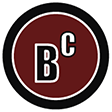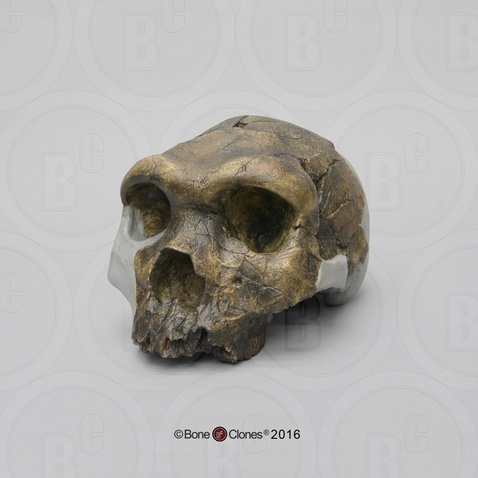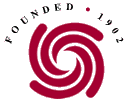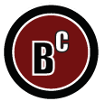-
Fields of Study
- K-12 Education
- Advanced Anatomy
- Forensics
- Physical Therapy
- Primate Locomotion
- Non-primate Locomotion
- Biological Anthropology
- Paleontology
- Bioarchaeology
- Marine-Aquarium
- Veterinary
-
Zoology
- All Zoological Items
- Endangered Species
- Skulls
- Skeletons
- Cranial Elements
- Postcranial Elements
- Eggs
- Limbs
- Teeth & Fangs
- Claws & Talons
- Brains & Endocasts
- Life Casts
- Pathology & Trauma
- Wildlife Forensics
- Sets
- Bird Sets
- Accessories
- Birds
- Mammals
- Reptiles & Amphibians
- Fish
- Sharks & Rays
- Turtles & Tortoises
- Anatomy for the Artist
- Decor
- Veterinary
- Elements
- Pathology & Trauma
-
Sets & Series
- Natural History Gift Ideas
- Decor
- Scale & Sculpture
- 3D Scanned & Printed
- Bone Boxes
- Locomotion Sets
- Forensic Sets
- Advanced Anatomy Sets
- Physical Therapy Series
- Fetal Sets
- Economy Series
- Zoology Sets
- Bird Sets
- Claw & Talon Sets
- Tooth & Fang Sets
- Primate Skull Sets
- Fossil Hominid Sets
- B.I.O.P.S.I. - Babiarz Institute
- Maxwell Collection
- Bergdorf Goodman Windows
- Accessories
- New Products
-
Our Company
- News & Specials
- Printable Handouts
- About Us
- Why Choose Bone Clones
- Bone Clones in the News
- Mission
- Contact Us
- Privacy and Security
- FAQs
- Testimonials
- Community Outreach
- Legal/Copyright
- Flyers
- Choosing Original Specimens
- Museum Exhibitions
- Natural History Gift Ideas
- About the Economy Series
- Acknowledgements
- Ordering & Delivery
- Warranty
- Refund/Return Policy
- Price List at a Glance
- Our Catalog
- Osteological Evaluation Reports
- About 3D Printing
- Sawyer & Maley Neanderthal Reconstruction
- Site Introduction
- Newsletter Archive
-
Human Anatomy
- All Human Anatomy
- Human Skulls
- Human Skeletons
- Head & Neck
- Postcranial Elements
- Advanced Anatomy
- Physical Therapy / Joints
- Human Brains & Endocast
- Human Life Casts
- Maxwell Museum
- Sets & Series
- Accessories
- Osteological Evaluation Reports
- Featured
- Adult Human Anatomy
- Adolescent Human Anatomy
- Child Human Anatomy
- Fetal Human Anatomy
-
Zoology
- All Zoological Items
- Endangered Species
- Skulls
- Skeletons
- Cranial Elements
- Postcranial Elements
- Eggs
- Limbs
- Teeth & Fangs
- Claws & Talons
- Brains & Endocasts
- Life Casts
- Pathology & Trauma
- Wildlife Forensics
- Sets
- Bird Sets
- Accessories
- Birds
- Mammals
- Reptiles & Amphibians
- Fish
- Sharks & Rays
- Turtles & Tortoises
- Fossil Hominids
- Paleontology
- Non-human Primates
- Forensics
All items sold on this website are replicas; no real/natural bone is available on this site. Bone Clones® are 1:1 scale unless stated otherwise. All Bone Clones® products are made in the USA.
 ALSO SEE:
ALSO SEE:
Homo heidelbergensis "Bodo" Cranium
BH-041 $302.00
600,000 YA. This cranium known as “Bodo” was discovered by Asfaw, Whitehead and Wood in 1976 in Bodo D'ar, in the Middle Awash Valley of Ethiopia. The taxonomic designation of Homo heidelbergensis, particularly with respect to African forms, is a topic of considerable debate. With a mosaic of features, its morphology is considered “intermediate” with greatest resemblance to the younger specimens from Kabwe (Broken Hill) and Petralona. The cranium of this presumed male is massive with a broad face (one of the largest among fossil hominins) and a very thick cranial vault. The thick bones, angular torus, midline keel and low cranial vault, are reminiscent of H. erectus while derived features include an increased cranial capacity (1250 cc), the shape of the nasal bones and a browridge that, while thick, is composed of separate and slightly arched supraorbital tori. Interestingly, Bodo has cut marks on the vault, face, and even within the eye orbit, indicating that it was intentionally defleshed.
The Bone Clones® Fossil Hominid line is composed of discoveries from anatomically modern humans, archaic humans, early Homo, early hominins, and other hominids. The majority of the casts in this line have been recreated by our team of anatomical sculptors. Some are reconstructions made by anthropology professionals using fragmentary elements from original discoveries and extrapolating the missing parts from those (i.e. Neanderthal skeleton).
Custom display stand available below.
Rightmire, P.G. 1996. The human cranium from Bodo, Ethiopia: Evidence for speciation in the Middle Pleistocene? Journal of Human Evolution 31,1:21-39.
White, T.D. 1986. Cutmarks on the Bodo cranium. A case of prehistoric defleshing. American Journal of Physical Anthropology 69,4:503-509.
| Scientific Name | Catalogue # | Size | Price |
| Homo heidelbergensis | BH-041 | 8 ¾" L x 6" W x 6 ¼" H 22.4L x 15.5W X 15.7H (cm) | $302.00 |
Related Products:
-
 Homo heidelbergensis Cranium Broken Hill 1 (Rhodesian Man)
Homo heidelbergensis Cranium Broken Hill 1 (Rhodesian Man) -
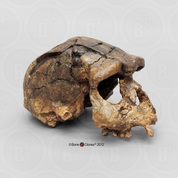 Homo erectus Cranium Sangiran 17
Homo erectus Cranium Sangiran 17 -
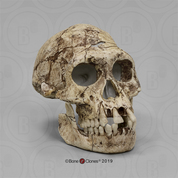 Homo erectus Dmanisi Skull 3
Homo erectus Dmanisi Skull 3 -
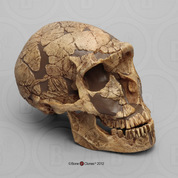 Homo neanderthalensis Skull La Ferrassie 1
Homo neanderthalensis Skull La Ferrassie 1 -
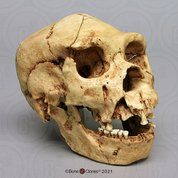 Homo heidelbergensis Skull Atapuerca 5
Homo heidelbergensis Skull Atapuerca 5 -
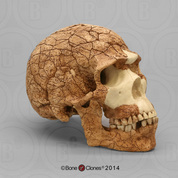 Homo sapiens Skull Skhul 5
Homo sapiens Skull Skhul 5 -
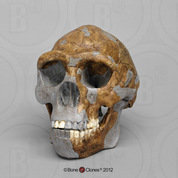 Homo erectus Skull - Tattersall-Sawyer Recreation
Homo erectus Skull - Tattersall-Sawyer Recreation -
 Ardipithecus ramidus Skull
Ardipithecus ramidus Skull -
 Homo neanderthalensis Skull Forbes' Quarry Gibraltar 1
Homo neanderthalensis Skull Forbes' Quarry Gibraltar 1 -
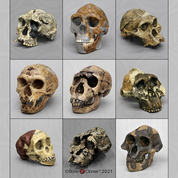 Set of 9 Fossil Hominid Skulls
Set of 9 Fossil Hominid Skulls -
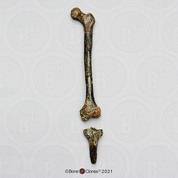 Homo erectus Femur and partial Tibia Reconstruction
Homo erectus Femur and partial Tibia Reconstruction -
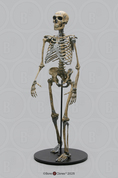 Neanderthal Skeleton, Articulated
Neanderthal Skeleton, Articulated -
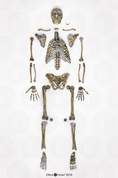 Neanderthal Skeleton, Disarticulated
Neanderthal Skeleton, Disarticulated -
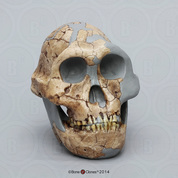 Australopithecus (Paranthropus) robustus Skull DNH 7
Australopithecus (Paranthropus) robustus Skull DNH 7 -
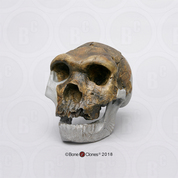 Homo heidelbergensis "Bodo" Skull
Homo heidelbergensis "Bodo" Skull
Newsletter Signup
9200 Eton Ave.
Chatsworth, CA 91311 USA
© 1992-2025 Bone Clones Holdings. All Rights Reserved.
Customer Service
© 2025 BONE CLONES HOLDINGS / Made by MEV


